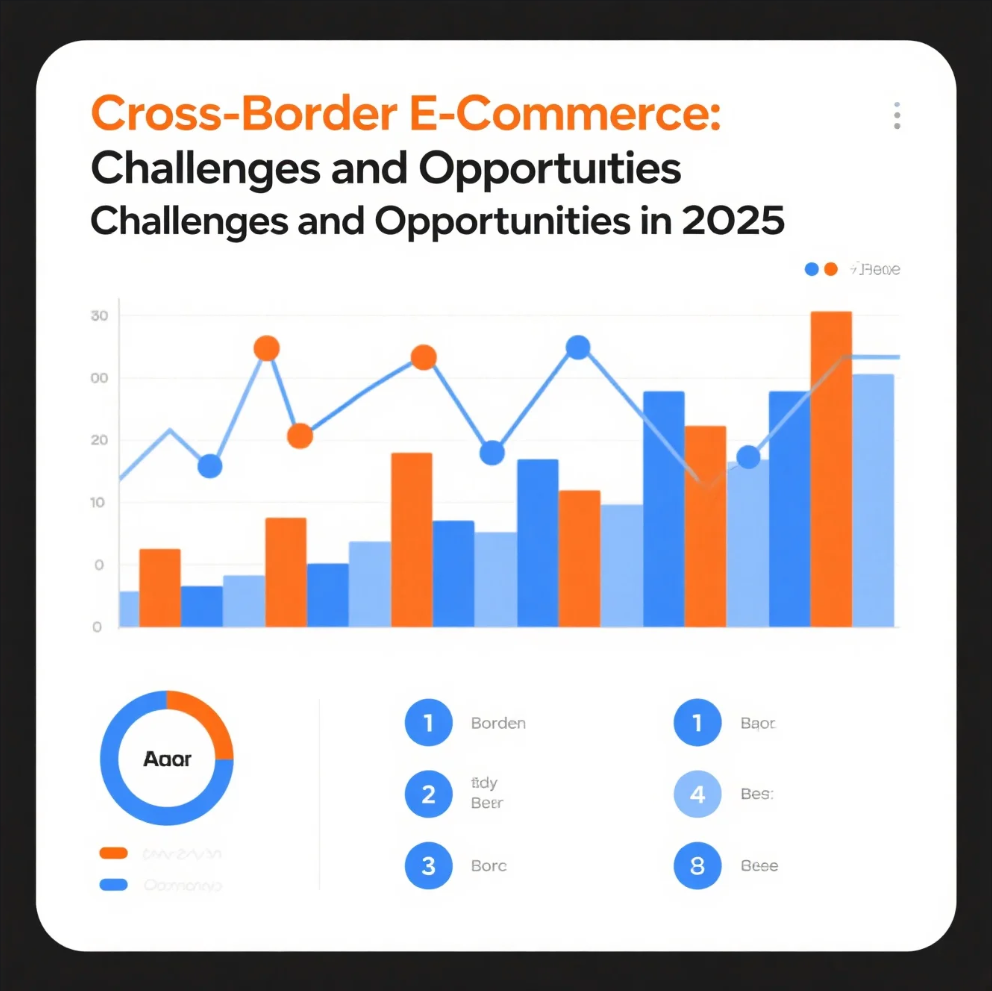Cross-Border E-Commerce: Challenges and Opportunities in 2025
The global e-commerce market continues to expand at an impressive pace, with cross-border transactions driving a significant portion of this growth. By 2025, international online shopping is expected to become the norm rather than the exception, as consumers seek unique products, better prices, and brands that aren’t available locally. But while the potential is huge, cross-border e-commerce also comes with a unique set of challenges.
Opportunities in Cross-Border E-Commerce
- Access to New Markets
Businesses can tap into a global customer base, reaching millions of shoppers who prefer international brands and products. - Diversified Revenue Streams
Selling internationally reduces reliance on a single market and helps companies spread risk across multiple regions. - Growing Cross-Border Consumer Demand
Consumers are increasingly comfortable with international purchases, especially in categories like fashion, electronics, and beauty. - Advancements in Technology
AI-driven personalization, localized payment gateways, and improved logistics make it easier for businesses to manage global operations. - Rise of Marketplaces
Platforms like Amazon, AliExpress, Shopee, and Lazada are streamlining cross-border sales for both small businesses and established brands.
Challenges Facing Cross-Border E-Commerce
- Complex Logistics
Shipping across borders often leads to longer delivery times, higher costs, and difficulties with returns. - Customs and Regulations
Each country has its own trade laws, tariffs, and compliance standards that businesses must navigate. - Currency and Payment Barriers
Accepting multiple currencies and providing trusted local payment options can be a hurdle for international sellers. - Cultural and Language Differences
Poor localization—whether in website language, marketing tone, or customer support—can hurt sales. - Cybersecurity and Fraud Risks
Cross-border transactions are more vulnerable to fraud and data breaches, requiring stronger security measures.
Winning Strategies for 2025
- Localization First – Adapt websites, product descriptions, and support services to local languages and cultural nuances.
- Flexible Payments – Offer region-specific payment options such as e-wallets, bank transfers, and Buy Now Pay Later (BNPL).
- Smart Logistics – Partner with global carriers and consider local warehouses or fulfillment centers.
- Compliance Ready – Stay updated on trade regulations, taxes, and digital commerce laws in target markets.
- Customer Experience – Build trust with clear policies on returns, shipping times, and data protection.
Final Thoughts
Cross-border e-commerce in 2025 presents a world of opportunity for businesses ready to embrace globalization. The key lies in balancing innovation with adaptability—leveraging technology, understanding local markets, and ensuring compliance. Companies that invest in customer experience, logistics, and localized strategies will be best positioned to capture the growing international demand.
Recommend:














Post Comment